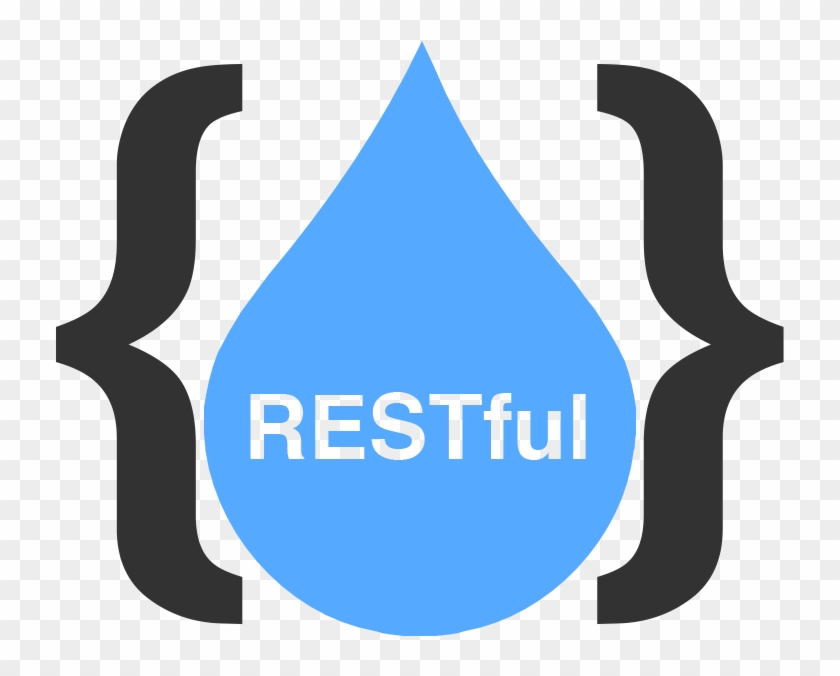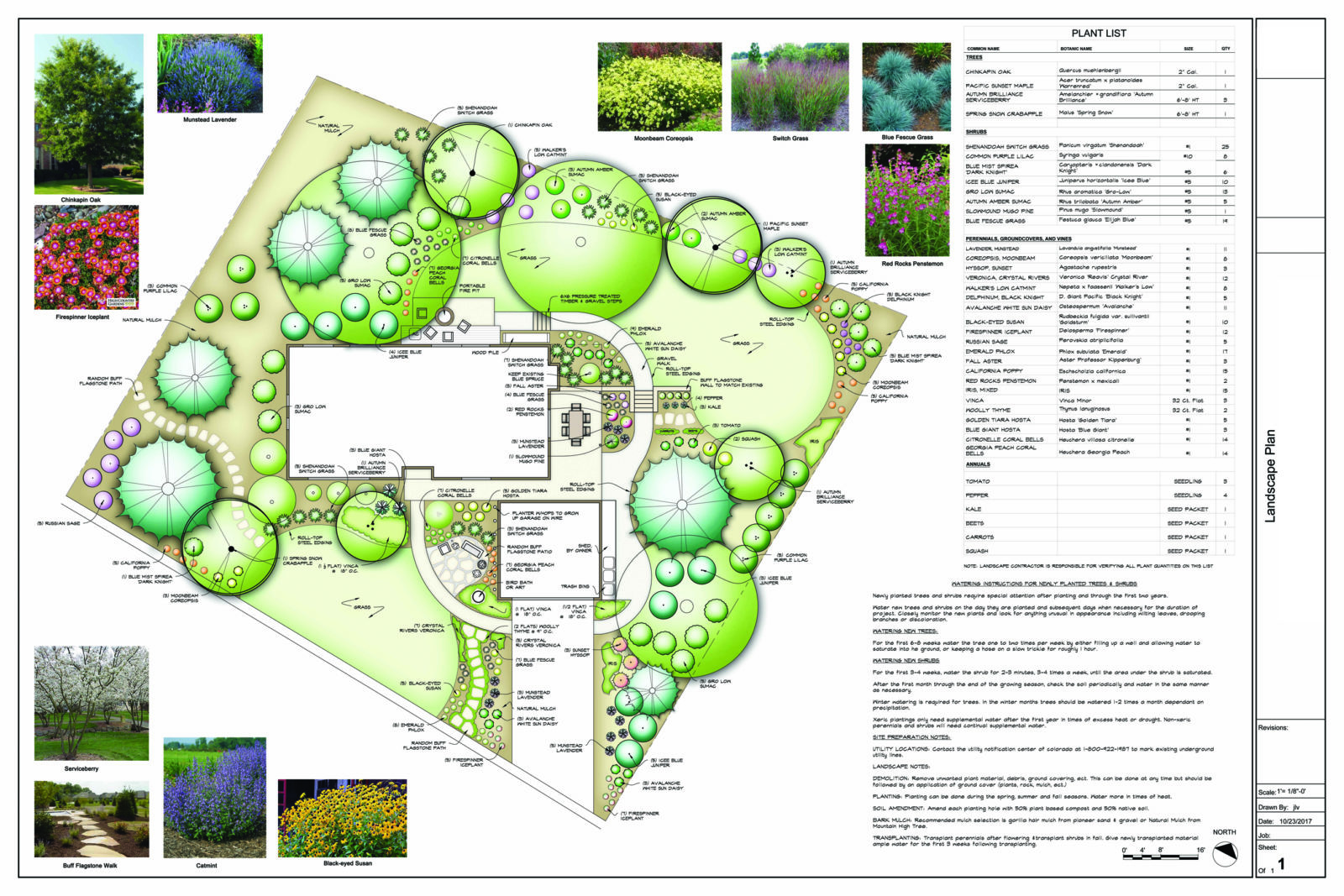
In some cases, good quality APIs even spark new ideas and open up new use cases for consumer developers. If the end user successfully calls the end point with a GET method, the user should obtain the above data along with a 200 response code to validate the correct usage. Likewise, an incorrect call should produce an appropriate 400 or 500 response code with relevant information to help user better operate against the collection.
What does the RESTful API client request contain?
Now we're able to throw and catch errors in the service and data access layer. We can move into our workout controller now, catch the errors there as well, and respond accordingly. When interacting with an API, you always send specific data with your request or you receive data with the response.
Introducing Cadl: Microsoft’s concise API design language - InfoWorld
Introducing Cadl: Microsoft’s concise API design language.
Posted: Wed, 21 Dec 2022 08:00:00 GMT [source]
Group associated resources together (logical nesting)
The client-server design pattern enforces the separation of concerns, which helps the client and the server components evolve independently. A Web API (or Web Service) conforming to the REST architectural style is called a REST API (or RESTful API). In this article, you learned about the several best practices to bear in mind when you're building REST APIs. When you make REST APIs available this way, you are not forcing clients to migrate to the new versions in case they choose not to.
Designing RESTful APIs: A Comprehensive Guide to Best Practices in Web Services

The action should be indicated by the HTTP request method that we're making. Otherwise, we create problems for clients that use our APIs, which isn’t pleasant and detracts people from using our API. If we don’t follow commonly accepted conventions, then we confuse the maintainers of the API and the clients that use them since it’s different from what everyone expects.
best practices for REST API design
Coming back to the photosharing app, say it has a public API with /users and /photos as collections. They’re also self explanatory and we can infer that /users and /photos gives information about the product’s registered userbase, and shared photos respectively. REST APIs provide a flexible, lightweight way to integrate applications and to connect components in microservices architectures. A REST API enables the client to communicate with the server by transferring states of data stored mainly in a database.
The cacheable constraint requires that a response should implicitly or explicitly label itself as cacheable or non-cacheable. The server cannot take advantage of any previously stored context information on the server. GET, POST, PUT, PATCH, and DELETE are the commonest HTTP verbs. There are also others such as COPY, PURGE, LINK, UNLINK, and so on.
Developers with AI assistants need to follow the pair programming model
If this is not true, then there is no query parameter called "mode" and we return all workouts because we don't need to filter. I'm using the shorthand syntax here, to create a new key called "mode" inside the object with the value of whatever is in "req.query.mode". This could be either a truthy value or undefined if there isn't a query parameter called "mode". We can extend this object the more filter parameters we'd like to accept. Imagine we've got 2,000 workouts, 450 records, and 500 members stored in our DB.
How to Implement Swagger
When you consume a third-party data format that is not JSON, it can be tempting to do straight string manipulation. Instead, if that data is a format such as XML, load the string into a data structure designed to process that format. The string manipulations and regular expressions might work today, but if you rely on enough of them regularly, and the XML format changes, the code could break in unexpected ways. JavaScript Object Notation (JSON), is the de facto standard for REST APIs.

Models will eventually map to the resources via rest API URI. If User stories are written, a designer could look in to those and extract models easily. Love is an experience cloud engineer with a demonstrated history of building large scale enterprise application.
Frequent deployment of individual APIs can quickly create a software system that resembles an overgrown garden, weed-ridden with bugs, broken integrations and ill-fitted use cases. Bloated collections of APIs make it hard to make changes without causing failures, or even gain the visibility to recognize opportunities for improved functionality. In this article, we’ll explore CSS cascade layers — and, specifically, the revert-layer keyword — to help you refine your styling strategy. Mutative processes data with better performance than both Immer and native reducers.
In short, you should let the HTTP verbs handle what the endpoints do. So GET would retrieve data, POST will create data, PUT will update data, and DELETE will get rid of the data. When you're designing a REST API, you should not use verbs in the endpoint paths. The endpoints should use nouns, signifying what each of them does. For server-side frameworks, on the other hand, many of them set the Content-Type automatically. Express, for example, now has the express.json() middleware for this purpose.

No comments:
Post a Comment